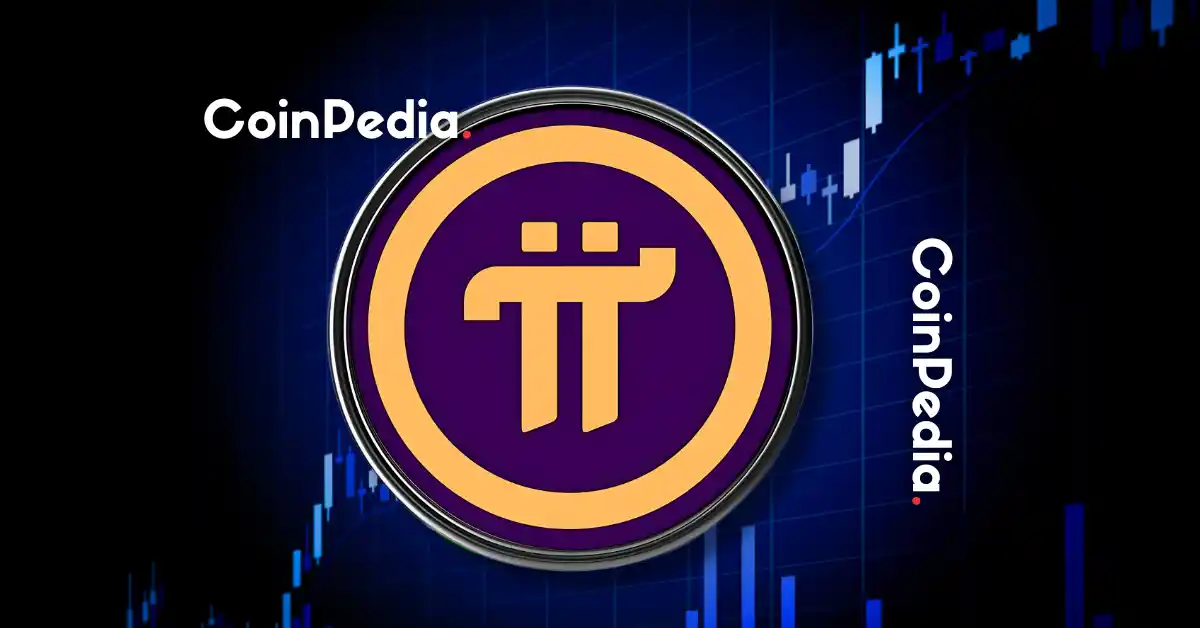The Pi Network, a cryptocurrency project that promised to democratize mining through smartphone accessibility, has experienced a tumultuous journey marked by significant price volatility and shifting community sentiment. Launched with ambitious goals, the network initially attracted millions of users eager to participate in what was perceived as a revolutionary financial movement. However, as the project matured, its trajectory became increasingly complex, influenced by a variety of factors that have shaped its current state.
The price of Pi has been particularly volatile, reflecting the broader challenges faced by the project. Initially trading around $2.79, the token has since declined to approximately $0.49, a drop that has raised concerns among investors and community members. Several key factors have contributed to this downward trend, including token unlocks, perceived lack of transparency, bearish technical indicators, and overall market sentiment.
One of the primary concerns surrounding Pi Network is the scheduled token unlocks, which have the potential to flood the market with a large supply of Pi. This increased supply could exert significant selling pressure, driving the price down further. The anticipation of these unlocks has already created a sense of unease among holders, contributing to the current downward trend. Additionally, the perceived lack of transparency from the Pi Core Team has fueled speculation and mistrust within the community. The absence of consistent updates, clear roadmaps, and proactive communication has left a void that has been filled with rumors and negative sentiment, further impacting the price.
Technical analysis also paints a concerning picture for Pi. Indicators such as the Moving Average Convergence Divergence (MACD), Relative Strength Index (RSI), and Bollinger Bands suggest continued downward pressure. Bearish crossovers, declining trading volumes, and breaches of key support levels all contribute to a negative outlook, indicating that the price may continue to struggle in the short term. Beyond technicals, market sentiment plays a crucial role in shaping the price of Pi. Frustration stemming from unmet expectations and concerns about the project’s long-term viability have led to decreased confidence, translating into selling pressure and exacerbating the price decline.
The $0.40 mark has emerged as a critical juncture for Pi Network. Analysts have identified this level as a key support zone, with significant implications for the project’s future. Psychologically, the $0.40 level represents a barrier for many investors. A drop below this point could trigger panic selling, leading to a further downward spiral. Additionally, a breach of this level could push Pi’s market capitalization ranking outside the top 30 cryptocurrencies, potentially impacting the project’s perceived legitimacy and attracting unwanted attention.
Despite these challenges, there are reasons for optimism within the Pi Network ecosystem. The launch of a $100 million Pi Network Ventures Fund demonstrates a commitment to building real-world applications for the cryptocurrency. This fund aims to support startups in areas like AI, gaming, fintech, and e-commerce, fostering a robust ecosystem around Pi. Successful ventures could drive demand for the coin, positively impacting its value. Additionally, ongoing development efforts, such as the Pi App Studio, indicate that the project is not stagnant and is actively seeking ways to enhance its utility.
The strong community engagement within Pi Network also provides a foundation for future growth. While sentiment has wavered, a dedicated core of believers continues to support the network, actively participating in mining and advocating for its adoption. This unwavering support could provide a foundation for future growth. Furthermore, increased exchange listings, particularly on major platforms, could significantly boost Pi’s visibility and accessibility, driving demand and potentially increasing its price.
The future of Pi Network remains uncertain, contingent upon several key factors. Transparency and communication from the Pi Core Team are crucial for rebuilding trust and restoring confidence. Providing regular updates, addressing community concerns, and outlining a clear roadmap for the future are essential steps in this process. Ecosystem development, particularly the success of the Ventures Fund and the creation of practical applications for Pi, will be key to driving long-term value. Demonstrating real-world utility will be essential for attracting new users and investors.
Strategic token management is also critical for the project’s success. Careful management of token unlocks is necessary to mitigate the negative impact of increased supply on the market. Additionally, maintaining a strong and engaged community is essential for the long-term success of the project. Fostering a positive and supportive environment can help to counter negative sentiment and encourage continued participation.
Pi Network finds itself at a crucial juncture, with the path ahead fraught with challenges but also holding opportunities for growth and revitalization. Whether the project will ultimately fulfill its initial promise remains to be seen, but the actions taken by the Pi Core Team, the progress of ecosystem development, and the unwavering support of the community will ultimately determine its fate. The next few months will be critical in shaping the future trajectory of this intriguing, yet controversial, digital currency.

